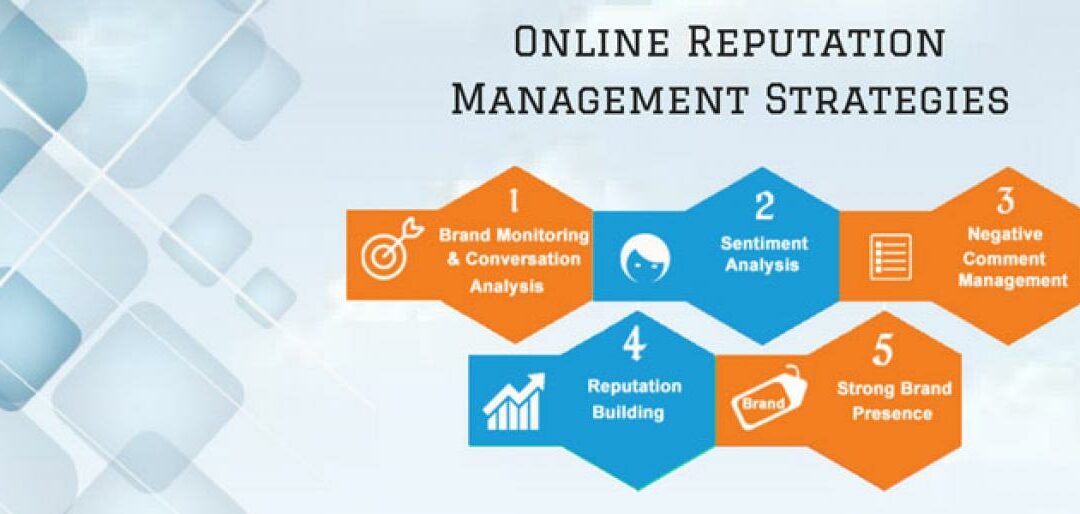In today’s digital age, building a strong online brand is essential for businesses of all sizes. The digital landscape offers numerous opportunities to reach and engage with a global audience, but it also presents unique challenges. This blog explores effective strategies for online brand building that can help businesses establish a strong digital presence and connect with their target audience.
Understanding Online Brand Building
Online brand building involves creating a cohesive and compelling digital presence that reflects your brand’s values, personality, and promise. It encompasses various elements, including website design, social media presence, content marketing, and online reputation management. The goal is to create a consistent and memorable brand experience across all digital touchpoints.
Key Strategies for Online Brand Building
1. Define Your Brand Identity
Before diving into the digital world, it’s crucial to have a clear understanding of your brand identity. This includes:
- Brand Values: What does your brand stand for? What are your core values and mission?
- Target Audience: Who are your ideal customers? What are their needs, preferences, and behaviors?
- Brand Voice and Personality: How do you want to communicate with your audience? What tone and style best represent your brand?
2. Build a User-Friendly Website
Your website is the cornerstone of your online presence. It should be user-friendly, visually appealing, and reflective of your brand identity. Key considerations include:
- Responsive Design: Ensure your website is mobile-friendly and looks great on all devices.
- Fast Loading Speed: Optimize your site for quick loading times to improve user experience and SEO.
- Clear Navigation: Make it easy for visitors to find information and navigate your site.
- Engaging Content: Use high-quality visuals and compelling copy to keep visitors engaged.
3. Leverage Social Media
Social media platforms are powerful tools for building and engaging with your audience. To maximize your social media presence:
- Choose the Right Platforms: Focus on platforms where your target audience is most active.
- Consistent Branding: Maintain a consistent look and feel across all social media profiles.
- Engage with Your Audience: Respond to comments, messages, and mentions to foster community and build relationships.
- Share Valuable Content: Post a mix of promotional, educational, and entertaining content to keep your audience engaged.
4. Create Valuable Content
Content marketing is a key component of online brand building. By providing valuable and relevant content, you can attract and retain a clearly defined audience. Strategies include:
- Blogging: Regularly publish blog posts that address your audience’s pain points and interests.
- Video Content: Create engaging videos, such as tutorials, product demos, and behind-the-scenes looks.
- Infographics: Use infographics to present complex information in an easy-to-digest format.
- E-books and Whitepapers: Offer in-depth content that provides significant value to your audience.
5. Optimize for Search Engines (SEO)
Search engine optimization (SEO) helps improve your website’s visibility on search engines like Google. Key SEO strategies include:
- Keyword Research: Identify and target relevant keywords that your audience is searching for.
- On-Page SEO: Optimize your website’s content, meta tags, and images for search engines.
- Technical SEO: Ensure your website is technically sound, with fast loading times, secure connections, and a clean site structure.
- Quality Backlinks: Build high-quality backlinks from reputable websites to improve your site’s authority.
6. Invest in Online Advertising
Online advertising can help boost your brand’s visibility and reach a wider audience. Effective advertising strategies include:
- Pay-Per-Click (PPC) Advertising: Use platforms like Google Ads to target specific keywords and drive traffic to your website.
- Social Media Ads: Create targeted ad campaigns on platforms like Facebook, Instagram, and LinkedIn.
- Influencer Marketing: Partner with influencers who can promote your brand to their followers.
7. Monitor and Manage Your Online Reputation
Your online reputation is crucial for building trust and credibility. To manage your online reputation:
- Monitor Reviews: Regularly check and respond to reviews on platforms like Google My Business, Yelp, and social media.
- Address Negative Feedback: Handle negative feedback professionally and promptly to show that you value customer satisfaction.
- Encourage Positive Reviews: Ask satisfied customers to leave positive reviews and testimonials.
8. Analyze and Adapt
Continuous improvement is key to successful online brand building. Use analytics tools to track your performance and make data-driven decisions. Key metrics to monitor include:
- Website Traffic: Analyze the number of visitors, their behavior, and the sources of your traffic.
- Social Media Engagement: Track likes, comments, shares, and follower growth.
- Conversion Rates: Measure the effectiveness of your marketing efforts in driving sales and conversions.
- Customer Feedback: Collect and analyze feedback to identify areas for improvement.
Conclusion
Navigating the digital landscape for brand building requires a strategic and multi-faceted approach. By defining your brand identity, building a user-friendly website, leveraging social media, creating valuable content, optimizing for search engines, investing in online advertising, managing your online reputation, and continuously analyzing your performance, you can establish a strong and memorable online brand presence.


Recent Comments